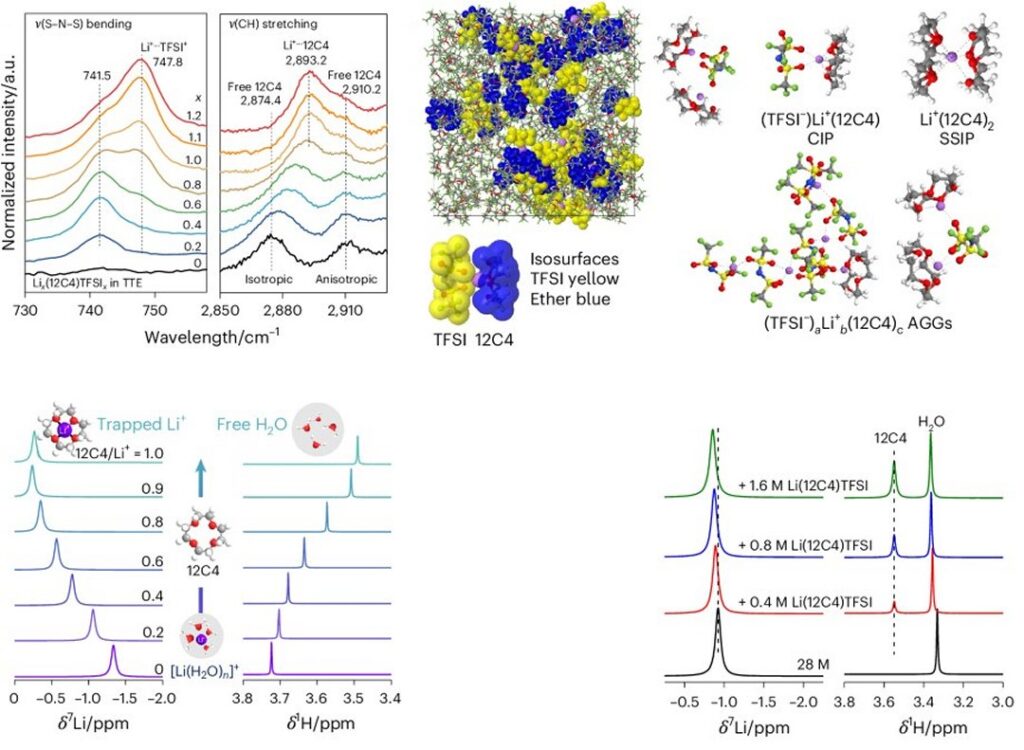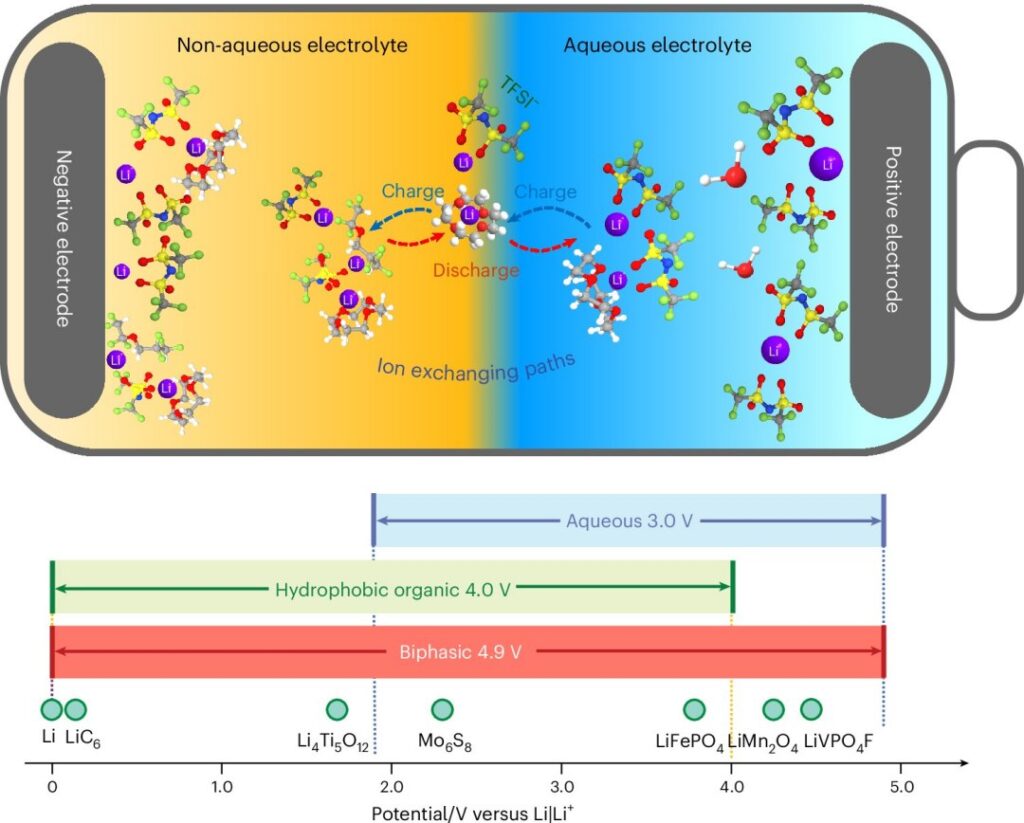Water-based battery
Water-based battery – With issues ranging from the supply of rare and expensive metals to the tendency of lithium-ion batteries to catch fire without warning, a water-based battery appears to be the ultimate technology for both portability and the electrification of transportation.
But challenges remain on the road to these water-based batteries, or seawater batteries, – it has only recently been proven that water batteries can achieve practical capabilities.
The good news is that Xiyue Zhang and colleagues at the University of Maryland in the US have overcome several of these challenges, developing a new electrolyte system that eliminates long-standing technical barriers to water-based energy storage.
They believe their new electrolytes could bridge the gap between current water-based batteries – including traditional lead-acid and nickel-metal hydride – and next-generation lithium-ion batteries, which are not water-based.
“We developed membrane-free aqueous/organic bilayer electrolytes and reduced the interfacial resistance and mixing between the aqueous and organic phases by adding superlithophilic ionophores,” Zhang explained.

Technical challenges of water-based battery
One of the major challenges in making a qualitative leap in these inherently safe and more environmentally friendly batteries lies in their narrow window of electrochemical stability, which limits the working voltage, energy density and application scope of water-based batteries.
About a decade ago, the same team developed a curious single-material battery that used a saltwater electrolyte to increase the stability window from 1.23 V to 3.0 V. It was very good, but not good enough.
With the new electrolyte now developed, the battery’s operating window goes from 0 to 4.9 volts, opening the door to truly high-energy-density aqueous batteries.
During testing, the team’s prototype maintained stable performance after more than 2,000 cycles, demonstrating exceptional long-term durability, more than double the typical minimum threshold required for a battery to reach the market.
Although it will be necessary to move from the laboratory to industrial manufacturing, the team believes that this new technology could represent the technological leap that was needed to make the electrification of aviation viable, eliminating all the safety caveats that exist today.
Editorial Staff of the Inovação Tecnológica Website – 04/15/2025























